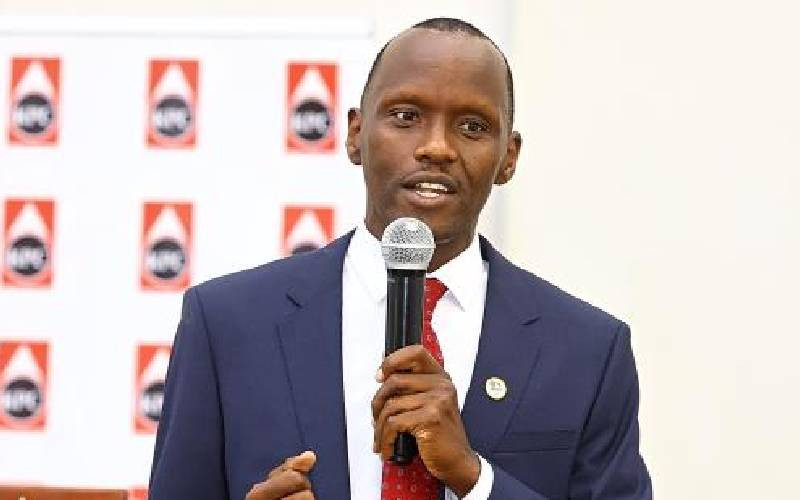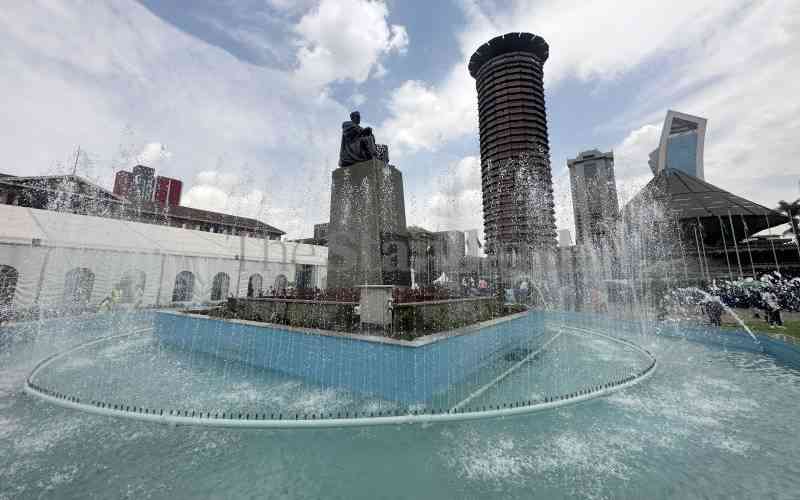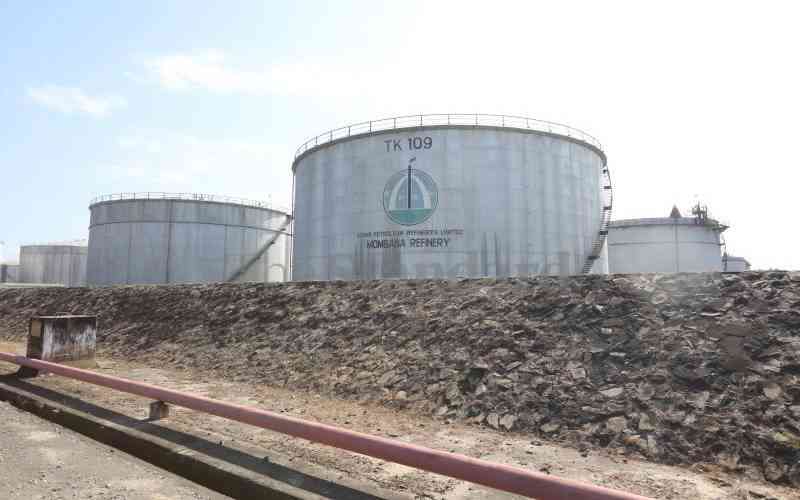Kenya’s 40-year-old petroleum pipeline between Mombasa and Nairobi might not be retired after all once the new one set for commissioning in July is complete.
Kenya Pipeline Company (KPC) said it would instead be refurbished and continue running parallel to the new one.
The refined products pipeline, referred to as Line 1, has been in operation since 1978 and is prone to incidents, some of which have been disastrous in the past, as it has outlived its lifespan.
A new line nearing completion and expected to be commissioned by end of July was expected to replace Line 1.
Joe Sang, KPC’s managing director, however said the old pipeline could be refurbished cost effectively and continue serving the country.
He said in an interview there were plans to refurbish Line I and dedicate it to the movement of one of the petroleum products.
KPC uses the pipeline to move three petroleum products – super petrol, diesel and jet fuel – to Nairobi as well as onward transmission to other parts of the country using KPC infrastructure as well as roads.
“There are proposals on what we should do with the old line. The current thinking is that it should be dedicated to one product and that way, we will be able to secure product supply in Nairobi and also help us in our strategy to devolve to the counties,” he said on phone.
“The challenge we have at the moment is that the line pushes 750,000 litres of product per hour and this is a bit of a strain on the pipeline due to the state of some of the sections. It can continue giving us service if we can use it to push one of the products at a rate of 350,000 litres per hour.”
Piecemeal
Mr Sang said KPC would refurbish the pipeline over three years, replacing most of the faulty sections and associated equipment.
“We will do piecemeal replacement of the pipeline and its equipment starting with the sections that require immediate attention. In about three or so years, we will have replaced all parts,” he said.
The 14-inch old line has the capacity to pump over 830,000 litres per hour but rarely does due to old age.
The corporation is nearing completion of the new 20-inch multi-product line, which will push upwards of 1.6 million litres of fuel per hour.
Stay informed. Subscribe to our newsletter
 The Standard Group Plc is a
multi-media organization with investments in media platforms spanning newspaper
print operations, television, radio broadcasting, digital and online services. The
Standard Group is recognized as a leading multi-media house in Kenya with a key
influence in matters of national and international interest.
The Standard Group Plc is a
multi-media organization with investments in media platforms spanning newspaper
print operations, television, radio broadcasting, digital and online services. The
Standard Group is recognized as a leading multi-media house in Kenya with a key
influence in matters of national and international interest.
 The Standard Group Plc is a
multi-media organization with investments in media platforms spanning newspaper
print operations, television, radio broadcasting, digital and online services. The
Standard Group is recognized as a leading multi-media house in Kenya with a key
influence in matters of national and international interest.
The Standard Group Plc is a
multi-media organization with investments in media platforms spanning newspaper
print operations, television, radio broadcasting, digital and online services. The
Standard Group is recognized as a leading multi-media house in Kenya with a key
influence in matters of national and international interest.








